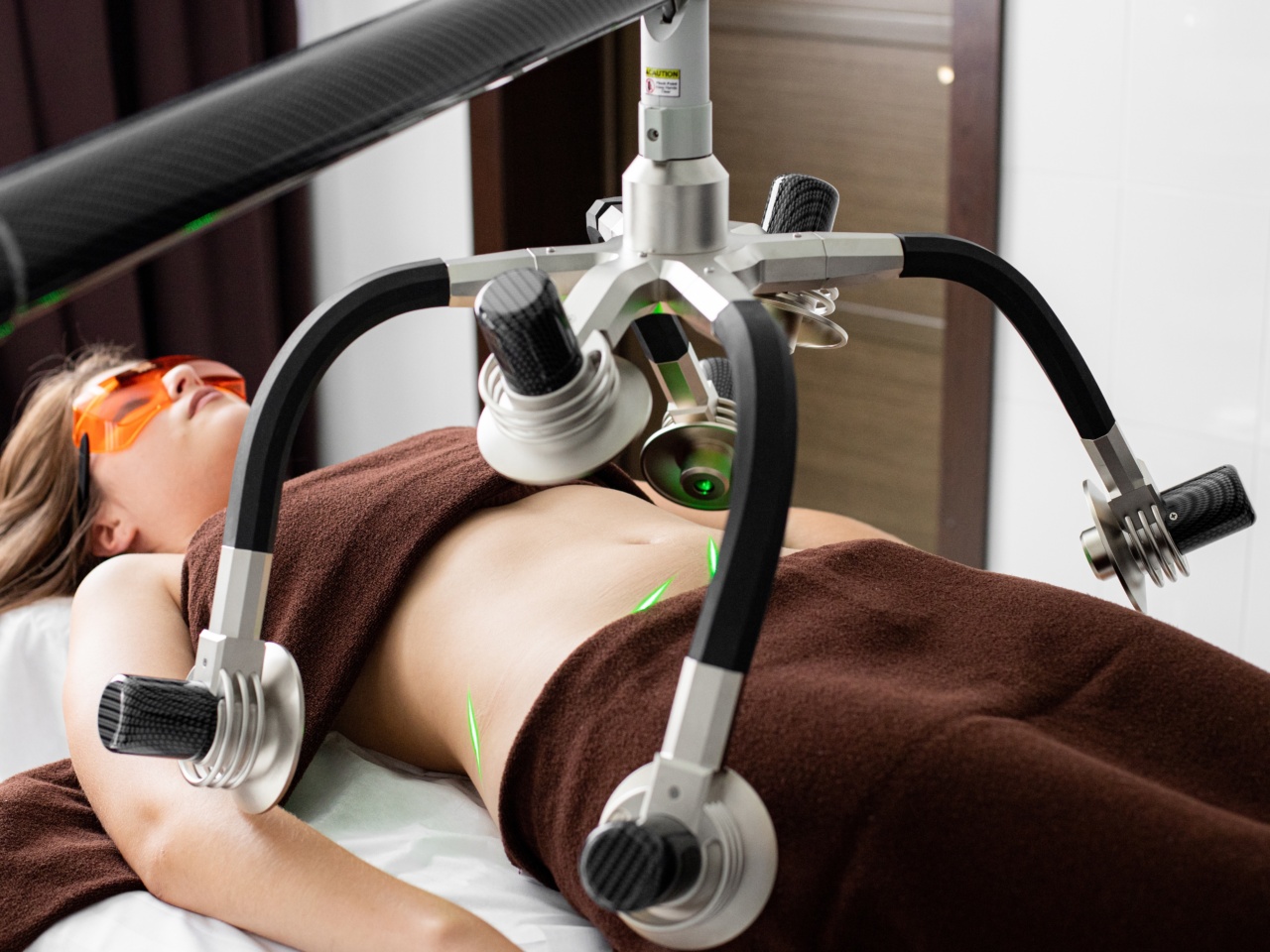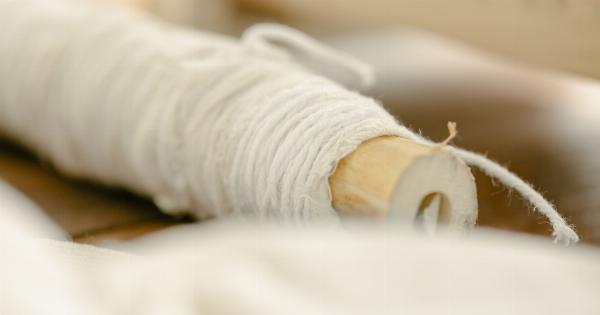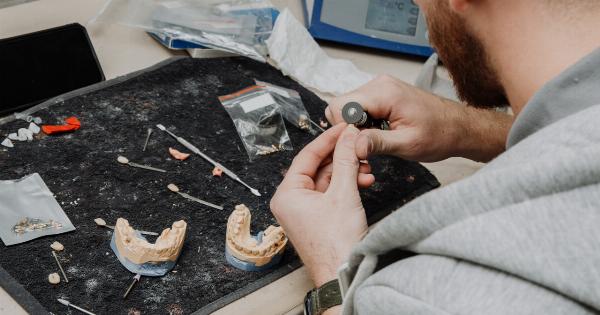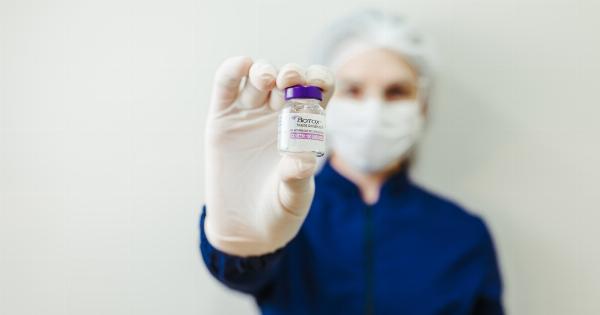Varicose veins and venous insufficiency are common medical conditions that affect millions of people worldwide. They can cause pain, discomfort, and cosmetic concerns.
Over the years, various treatment options have been introduced to manage these conditions, and one of the most advanced and effective treatments available today is laser therapy.
Understanding Varicose Veins and Venous Insufficiency
Varicose veins are enlarged, twisted, and often bulging veins that usually occur in the legs and feet. They occur when the valves within the veins fail to function properly, leading to blood pooling and increased pressure within the affected veins.
This can result in pain, swelling, aching, and a heavy sensation in the legs.
Venous insufficiency, on the other hand, refers to a condition where the veins have difficulty returning blood from the legs to the heart. It is often associated with varicose veins and can cause symptoms such as leg pain, skin changes, and ulcers.
Traditional Treatment Options
In the past, treatment options for varicose veins and venous insufficiency primarily consisted of conservative measures, such as wearing compression stockings, regular exercise, and elevating the legs.
While these methods can provide temporary relief, they do not address the underlying issue.
Introduction to Laser Therapy
Laser therapy is a minimally invasive procedure that utilizes high-intensity light to target and treat varicose veins and venous insufficiency. It is considered an advanced treatment option due to its numerous advantages over traditional methods.
Advantages of Advanced Laser Therapy
1. Non-Surgical: Laser therapy is a non-surgical procedure that does not require incisions or general anesthesia. It is performed on an outpatient basis, which means patients can return home the same day.
2. Minimally Invasive: The procedure involves the insertion of a small laser fiber into the affected vein, requiring only a tiny incision. This results in minimal scarring and reduces the risk of infection and other complications.
3. Precise and Targeted: Laser therapy allows for precise targeting of the affected veins while minimizing damage to surrounding tissues.
4. Improved Cosmesis: Unlike traditional surgical methods that may leave visible scars, laser therapy causes minimal scarring, resulting in improved cosmesis.
5. Shorter Recovery Period: Patients who undergo laser therapy can expect a quicker recovery compared to traditional surgical procedures. Most individuals can resume their daily activities within a few days.
The Laser Therapy Procedure
Prior to the procedure, the patient’s varicose veins are thoroughly evaluated through a physical examination and ultrasound imaging. This helps the healthcare provider identify the specific veins to be treated.
During the procedure:.
1. The patient is positioned comfortably, and the skin around the targeted area is cleansed and numbed with a local anesthetic.
2. A small incision is made near the affected vein, and a laser fiber is inserted through a catheter.
3. The laser emits high-intensity energy, which heats and destroys the targeted vein. The body then naturally redirects blood flow to healthier veins.
4. Once the procedure is complete, the incision is closed using a small adhesive bandage, and compression stockings are often recommended to aid in healing and reduce discomfort.
Post-Procedure Care
Following laser therapy, patients are usually advised to wear compression stockings for a specified time to aid in healing and reduce swelling. Strenuous activities and prolonged standing should be avoided for a few weeks.
Periodic follow-up visits may be necessary to monitor progress and address any concerns that arise during the healing process.
Effectiveness of Laser Therapy
Several studies have shown the effectiveness of laser therapy in treating varicose veins and venous insufficiency.
In one study published in the Journal of Vascular and Interventional Radiology, researchers found that laser therapy resulted in significant improvement in symptoms and quality of life for patients with varicose veins.
Furthermore, laser therapy has been found to be highly effective in closing off and treating diseased veins, with success rates reaching up to 98%. It has also shown a lower risk of complications compared to traditional surgical treatments.
Potential Side Effects and Risks
While laser therapy is generally safe and well-tolerated, there are some potential side effects and risks to be aware of:.
1. Discomfort and Bruising: Patients may experience mild discomfort, bruising, or soreness in the treated area. These symptoms usually subside within a few days.
2. Skin Burns: In rare cases, laser therapy can cause skin burns, resulting in blistering or scarring. This risk is minimized by skilled practitioners who ensure proper laser settings and technique.
3. Thermal Injury to Nerves: Although extremely rare, laser therapy can potentially cause thermal injury to nearby nerves, leading to numbness or altered sensation. However, experienced physicians take precautions to minimize this risk.
Conclusion
Laser therapy has proven to be an effective and advanced treatment option for varicose veins and venous insufficiency.
Its numerous advantages, including minimal invasiveness, targeted precision, and shorter recovery periods, make it an attractive choice for patients seeking relief from the discomfort and cosmetic concerns associated with these conditions. Consultation with a qualified healthcare professional can provide valuable insights regarding the potential benefits of advanced laser therapy in individual cases.




























